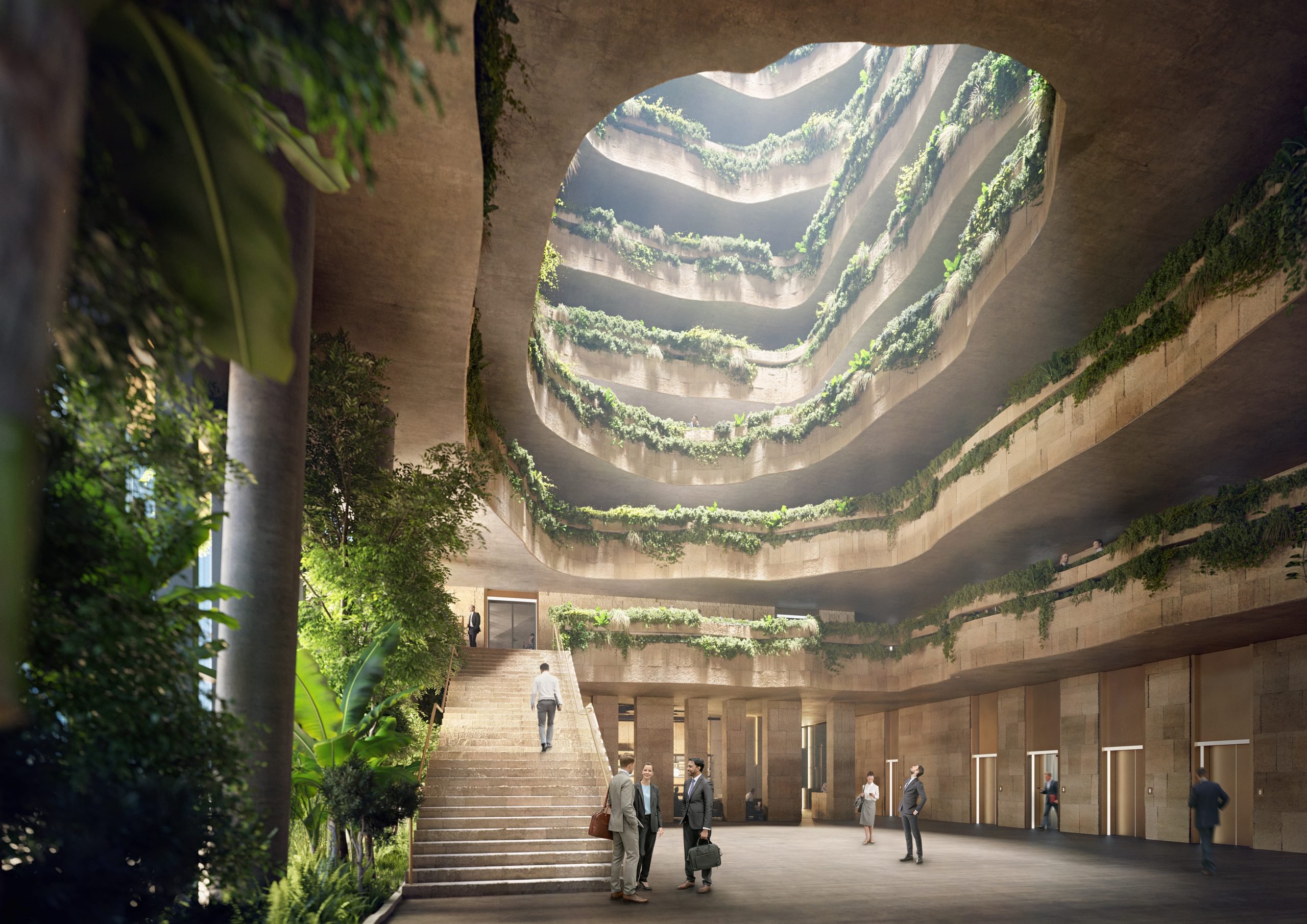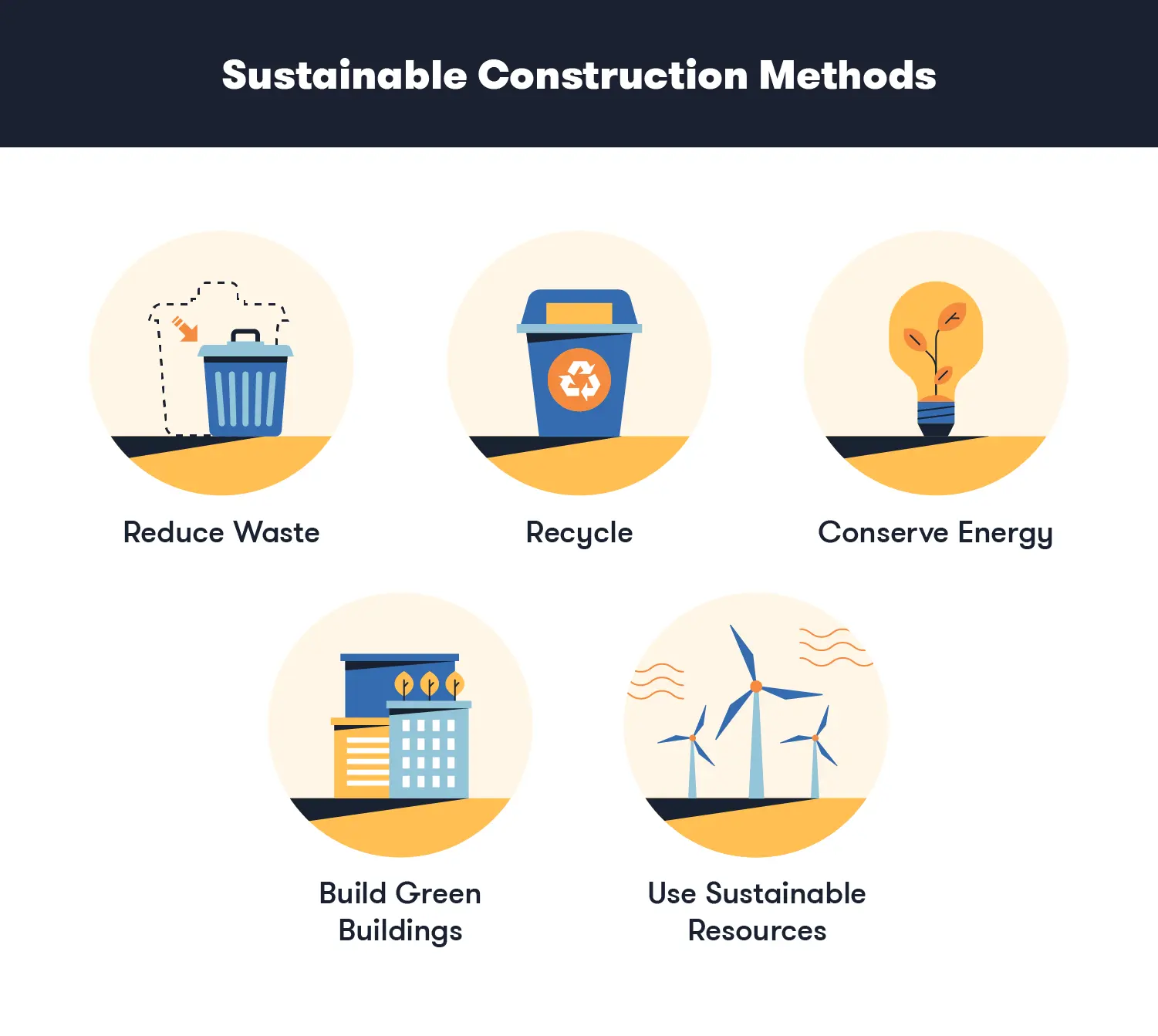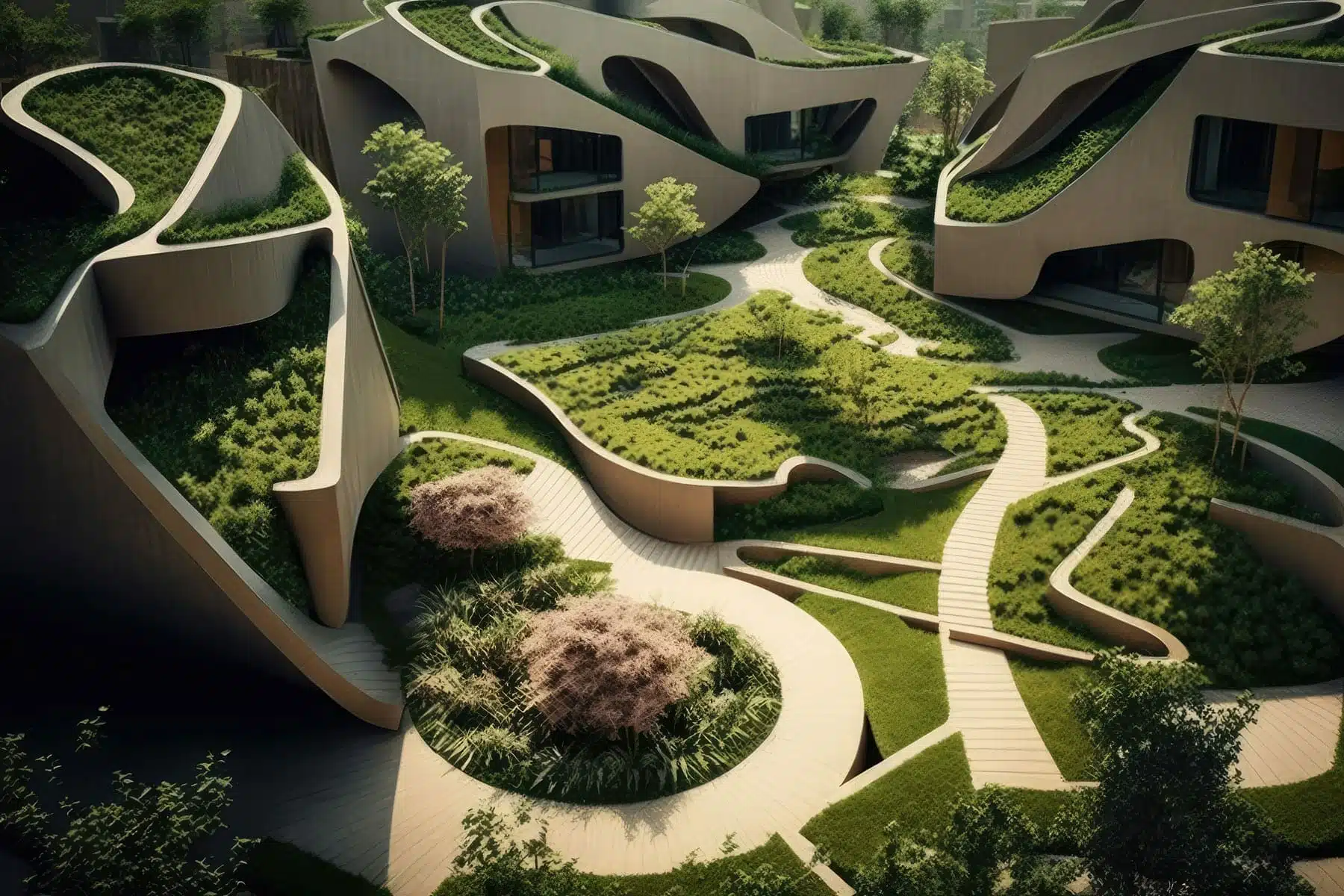Ivan Zimmermann: Innovative Architect With A Passion For Sustainable Design
Source: www.woodworks.org
To provide our readers with a thorough understanding of sustainable design, we have analyzed, dug information, and put together this "Ivan Zimmermann: Innovative Architect With A Passion For Sustainable Design" guide.
FAQs
Ivan Zimmermann is an innovative architect widely recognized for pioneering sustainable design. His expertise extends to various aspects of architecture, including energy efficiency, material selection, and environmental impact minimization.

Sustainable Architecture: History, Characteristics, and Examples - Archute - Source www.archute.com
Question 1: What are the main principles of sustainable design?
Sustainable design prioritizes environmental impact reduction throughout a building's lifecycle. Key principles include energy efficiency, resource conservation, and the use of environmentally friendly materials. It aims to create structures that are both functional and environmentally responsible.
Question 2: How can sustainable design contribute to energy conservation?
Sustainable design employs various strategies to minimize energy consumption. It incorporates energy-efficient appliances, insulation to reduce heat loss, and natural ventilation systems to optimize airflow. These measures result in lower energy usage and reduced carbon emissions.
Question 3: What are the benefits of using sustainable materials in construction?
Sustainable materials offer numerous advantages. They often have a lower environmental impact compared to traditional materials, as they are sourced responsibly and manufactured with minimal waste. Additionally, sustainable materials can contribute to indoor air quality, enhance durability, and reduce maintenance costs.
Question 4: How does sustainable design affect the well-being of occupants?
Sustainable design has positive implications for occupant well-being. It promotes natural lighting, incorporates biophilic elements, and optimizes indoor air quality. These factors contribute to improved comfort, reduced stress levels, and enhanced cognitive performance.
Question 5: What are the challenges associated with implementing sustainable design?
Implementing sustainable design may involve additional costs and require specialized knowledge. However, the long-term benefits, such as reduced operating expenses and improved occupant health, often outweigh the initial investment. Moreover, advancements in technology and the availability of sustainable materials are continuously reducing these challenges.
Question 6: What is the role of architects in promoting sustainable design?
Architects play a crucial role in advancing sustainable design. They are responsible for translating sustainability principles into practical and aesthetically pleasing architectural solutions. Their knowledge and expertise ensure that buildings are designed and constructed to meet both environmental and human needs.
Sustainable design is a multifaceted approach that requires collaboration among architects, engineers, and clients. By embracing its principles, we can create built environments that are not only functional and beautiful but also environmentally conscious and beneficial to our health and well-being.
Learn more about Ivan Zimmermann's work in sustainable architecture at [website address].
Tips
Here are some tips for sustainable design:
Tip 1: Use sustainable materials
Sustainable materials are those that are produced in a way that minimizes environmental impact. They can be recycled, reused, or composted, and they often have a lower carbon footprint than traditional materials. For example, using bamboo instead of hardwood in flooring can help reduce the demand for trees and protect forests.
Tip 2: Design for energy efficiency
Energy-efficient design can help reduce the amount of energy used in a building, which can save money and reduce environmental impact. This can be achieved by using energy-efficient appliances and lighting, installing solar panels, and designing the building to take advantage of natural light and ventilation.
Tip 3: Conserve water
Conserving water is essential for sustainable design. This can be achieved by using low-flow plumbing fixtures, installing rainwater harvesting systems, and designing the landscape to be water-efficient.
Tip 4: Reduce waste
Reducing waste is another important aspect of sustainable design. This can be achieved by designing the building to be easy to maintain and repair, using materials that can be reused or recycled, and composting organic waste.
Tip 5: Create healthy indoor environments
Creating healthy indoor environments is essential for the health and well-being of occupants. This can be achieved by using low-VOC paints and finishes, providing adequate ventilation, and using natural materials that do not emit harmful pollutants.
By following these tips, you can create sustainable designs that are both environmentally friendly and healthy for occupants.
For more information on sustainable design, see the article by Ivan Zimmermann: Innovative Architect With A Passion For Sustainable Design.
Ivan Zimmermann: Innovative Architect With A Passion For Sustainable Design
Ivan Zimmermann, a pioneer in sustainable architecture, has shaped the industry with his innovative designs and unwavering dedication to eco-friendly building practices.

20 Sustainable Building Materials for a Greener Future | BigRentz - Source www.bigrentz.com
- Bioclimatic Design
- Energy Optimization
- Material Innovation
- Resource Conservation
- Social Responsibility
- Aesthetic Excellence
Zimmermann's bioclimatic designs harness natural elements to regulate indoor environments, reducing energy consumption. He optimizes energy efficiency through building orientation, natural ventilation, and material selection. His innovative use of recycled and sustainable materials showcases his commitment to resource conservation. Zimmermann also emphasizes social responsibility, designing spaces that enhance community well-being and accessibility. Notably, his passion for aesthetics ensures that eco-friendly buildings are not only functional but also visually stunning.

Sustainable Landscape Design Principles | Think Architecture - Source www.thinkaec.com
Ivan Zimmermann: Innovative Architect With A Passion For Sustainable Design
Ivan Zimmermann, an innovative architect, is passionate about sustainable design. His work is characterized by its use of eco-friendly materials, energy-efficient design, and a commitment to minimizing environmental impact. Sustainability plays a pivotal role in Zimmermann's design philosophy, acting as a driving force behind his innovative and thoughtful approach. By emphasizing the responsible use of resources, Zimmermann aims to align his architectural creations with the principles of environmental stewardship and longevity.

A conservationist at heart: Michael Ramsey ’16 brings passion for - Source www.randolphcollege.edu
Zimmermann's commitment to sustainability extends beyond the theoretical; it manifests in the practical aspects of his designs. His projects often incorporate passive design strategies, such as optimizing natural light and ventilation to reduce energy consumption. He also employs advanced building materials, such as recycled steel and bamboo, to minimize carbon footprint. By integrating sustainability into the core of his architectural approach, Zimmermann demonstrates the practical significance of environmental consciousness in modern architecture.
One of Zimmermann's most notable sustainable projects is the Green Building in Munich, Germany. This building showcases his innovative use of sustainable materials and design techniques. The building's facade features a double-skin system that provides natural ventilation and reduces heat loss. The roof is equipped with solar panels that generate renewable energy, while the interior incorporates energy-efficient lighting and appliances. The Green Building exemplifies Zimmermann's ability to seamlessly merge sustainability with architectural aesthetics and functionality.
| Feature | Benefit |
|---|---|
| Use of eco-friendly materials | Reduces environmental impact and promotes sustainability |
| Energy-efficient design | Lowers energy consumption and operational costs |
| Commitment to minimizing environmental impact | Protects the environment and ensures long-term sustainability |
| Incorporation of passive design strategies | Optimizes natural resources and reduces energy dependence |
| Use of advanced building materials | Minimizes carbon footprint and promotes durability |
Zimmermann's passion for sustainable design has earned him recognition and accolades. He has received numerous awards for his innovative and environmentally conscious work, including the Green Building Award from the German Sustainable Building Council. His contributions to sustainable architecture have also been featured in leading industry publications. Zimmermann's work serves as an inspiration, demonstrating the transformative power of sustainability in shaping the built environment.
Conclusion
Ivan Zimmermann's unwavering commitment to sustainable design has established him as a leading figure in the field of architecture. By integrating sustainability into the core of his design philosophy, he has demonstrated the practical significance and aesthetic appeal of environmentally conscious architecture. Zimmermann's innovative use of sustainable materials and design techniques has resulted in award-winning projects that showcase the transformative power of sustainability in shaping the built environment. His work serves as an inspiration, encouraging a wider adoption of sustainable practices in architecture and contributing to a more sustainable future.
As the world grapples with the challenges of climate change and environmental degradation, Zimmermann's approach to architecture offers a beacon of hope. His designs exemplify the possibility of creating beautiful, functional, and sustainable buildings that minimize environmental impact and promote well-being. Zimmermann's legacy will continue to inspire future generations of architects to embrace sustainability and create a built environment that is in harmony with the natural world.
Prepare For Québec's Wintery Wrath: Navigating Tempête Neige With Safety Tips And Essential Information, Schalke Vs Magdeburg: Clash Of Rivals In The German Cup, Comac C919: China's First Home-Grown Large Commercial Aircraft, Capivariano Vs. Grêmio Prudente: Battle Of The Campeonato Brasileiro Série B, Kanye West's Cryptic Post: Unleashing Emotions And Sparking Speculation, Alerta De Chuvas: Proteja-se E Fique Seguro Com As Últimas Atualizações Meteorológicas, São Luiz Vs. Pelotas: A Clash Of Footballing Giants In Brazil's Série B, Nuggets Secure Victory Over Magic In Hard-Fought Battle, Celtics Dominate Mavericks In Hard-Fought Battle For NBA Victory, Diogo Almeida: "Big Brother Brasil 25" Housemate Bio And Profile,